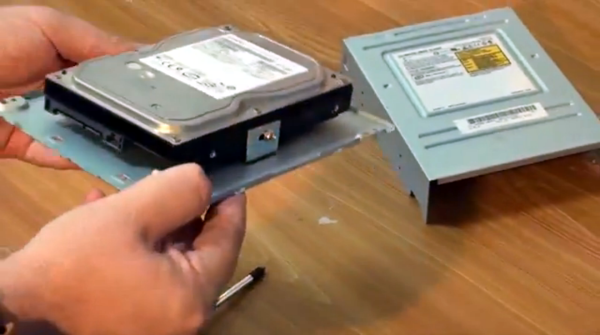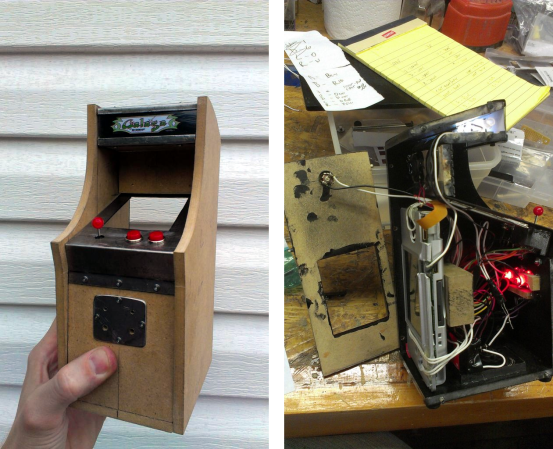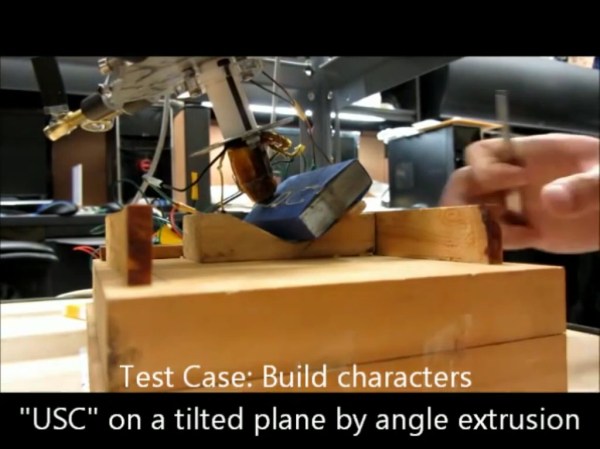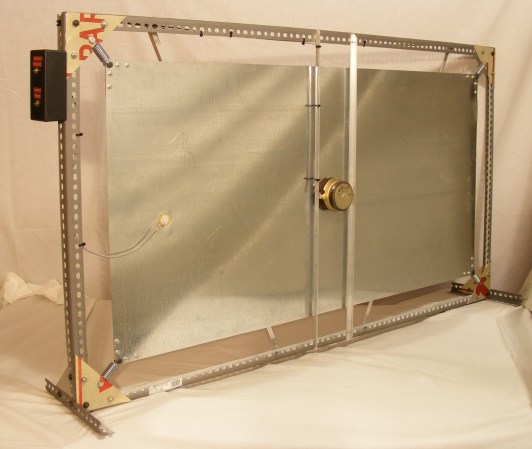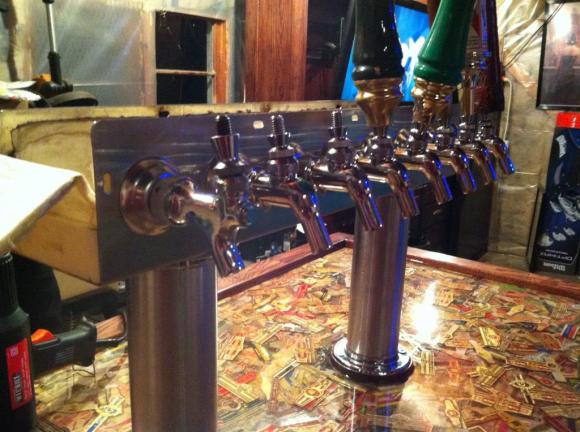
This kegerator looks like a piece of fine furniture but closer examination of the build shows that it is at least partially hacked together. As with most of the multi-keg variants on the idea this starts with a chest freezer, but it doesn’t utilize a custom collar as is often the case.
After cutting the holes in the lid of the freezer for these beer towers [Lorglath] began building a wooden frame around it using pocket hole screws. Despite his efforts to keep things plumb and square, there was some… creative… shimming done when it came time to wrap it in oak veneer boards and add the trim pieces. But knowing where to hide the flaws got him through this part of the project and onto the surface finish. Look closely at the image above, all of those scraps are cigar rings. That represents a lot of smoke!
The rings were laid down in layers, with thin resin pours between each. To achieve a smooth and clear finish a heat gun was used to level the surface and pop any bubbles that made their way into the goo. The finished version has room to store eight kegs which are connected to the octet of taps above. That’s a lot of beer to brew, and a lot to drink!

